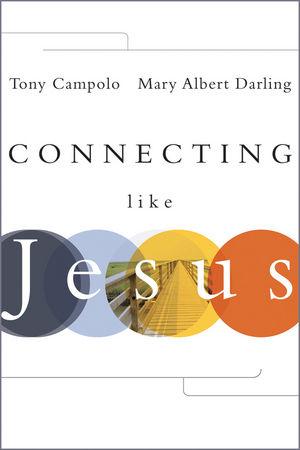Healey, Kevin, and Robert H. Woods. “Processing Is Not Judgment, Storage Is Not Memory: A Critique of Silicon Valley’s Moral Catechism.” Journal Of Media Ethics 32, no. 1 (January 2017): 2-15. doi:10.1080/23736992.2016.1258990
Abstract: This article critiques contemporary applications of the computational metaphor, popular among Silicon Valley technologists, that views individuals and culture through the lens of computer and information systems. Taken literally, this metaphor has become entrenched as a quasi-religious ideology that obscures the moral and political-economic gatekeeping power of technology elites. Through an examination of algorithmic processing applications and life-logging devices, the authors highlight the inequitable consequences of the tendency, in popular media and marketing rhetoric, to collapse the distinctions between processing and judgment, storage and memory. Such distinctions are necessary for an ethical development of more equitable digital environments.





